Conference by Fernando Gómez – Interactions between phytoplanktonic organisms (symbiosis, predation)

April 23rd, 2022, R/V Marion Dufresne, off the Reunion Island
Author: Bleuenn Prijac
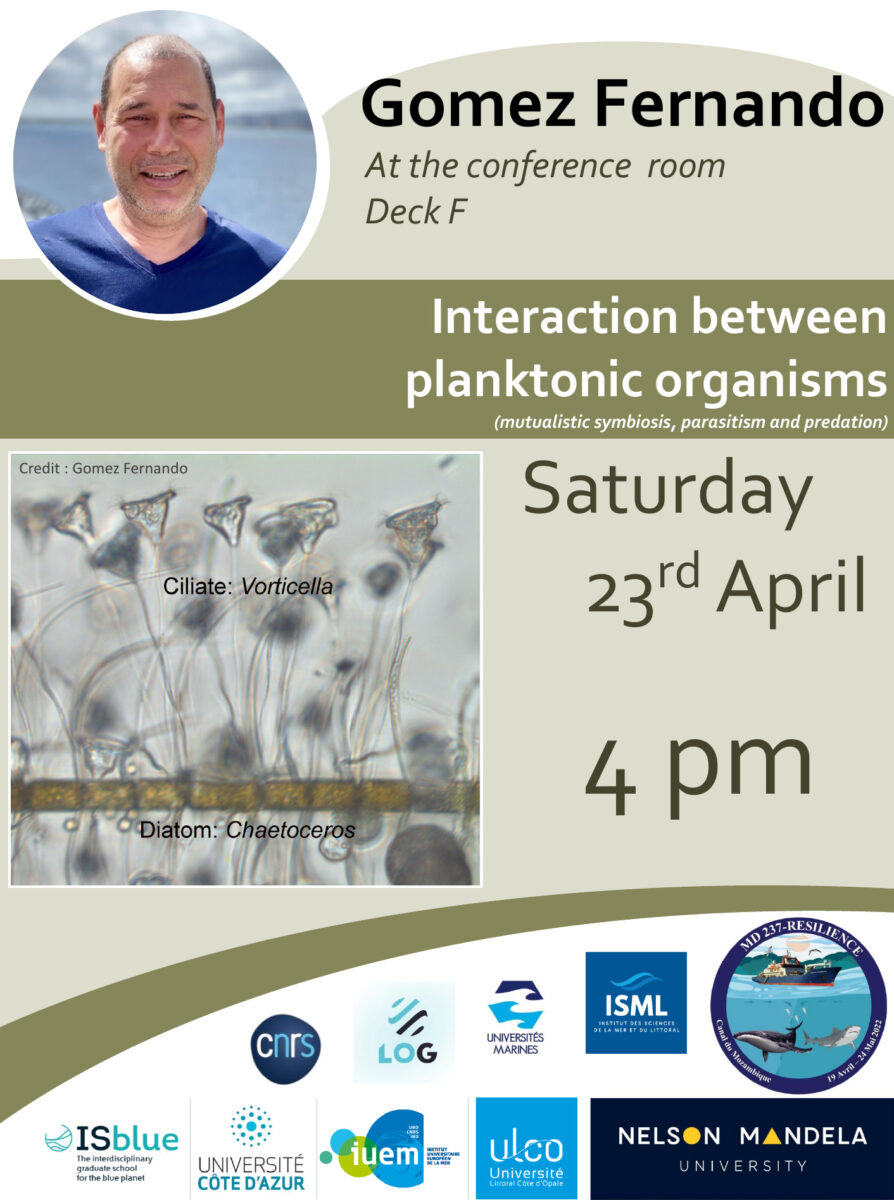
Fernando Gómez is a phytoplankton taxonomist. He is currently part of the phytoplankton ecology team of the Laboratoire d’Océanologie et Géosciences (LOG, UMR-8187, CNRS and ULCO) in Wimereux which participates in the RESILIENCE campaign.
It is generally considered the phytoplankton as a group of passive organisms constituting the bottom of the food web. During the photosynthesis, they are able to produce organic matter using the sun energy. They also participate in the cycles and flux of many elements in the ocean. In addition we observe much more complex interactions. Indeed, there are phenomena of symbioses and predation. Symbiosis is a phenomenon more frequently observed in the stratified warm seas where the environmental conditions are more stable, allowing the interaction between distinct organisms. In contrast, in high latitudes or more turbulent environments, the phytoplankton is focused on the physical constrains.
For example, diatoms are non-motile organisms. In symbiosis with a ciliate, the diatoms avoid the sinking and it is able to explore new environments with a more continuous flow of nutrients and gases for the diatom. At the same time, the ciliate takes advantage of the spines of the diatom as protection against predators. Consequently, each member of the symbiotic consortium acquires advantages that were not possible as independent organism.
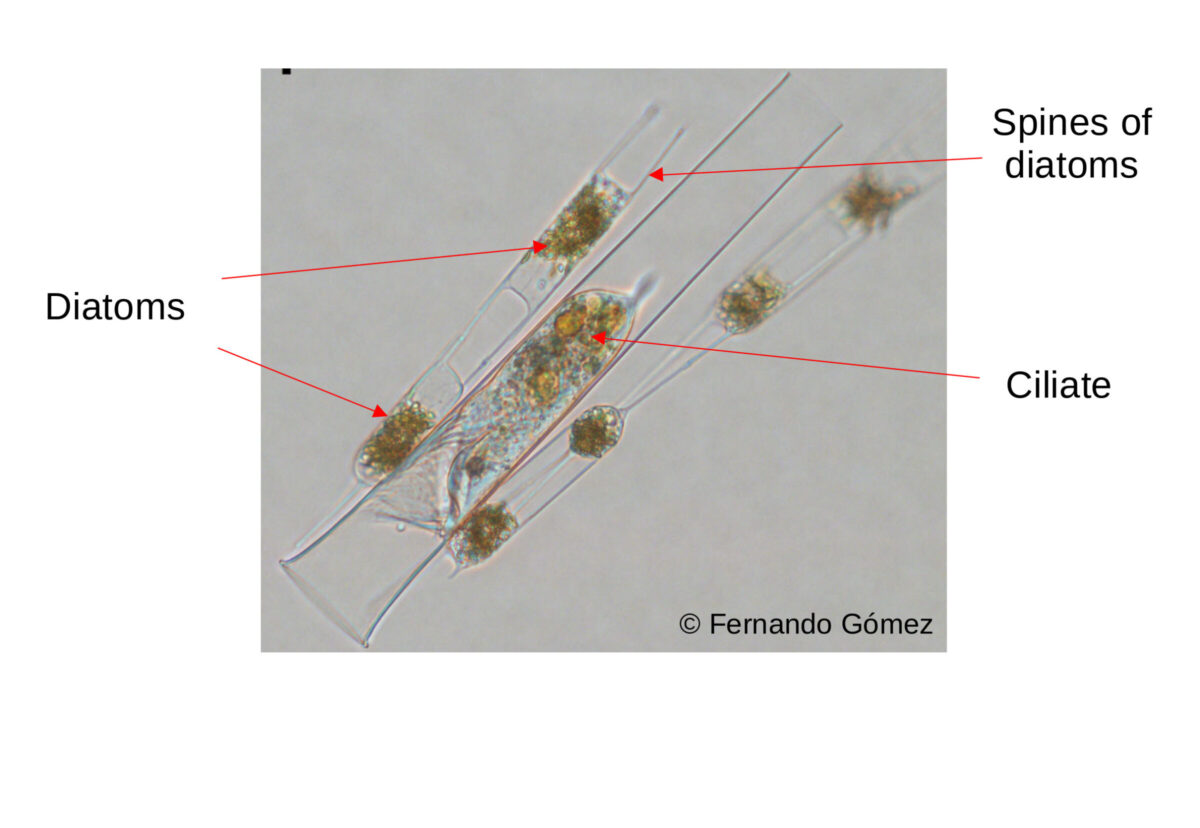
In the surface of warm seas, typically oligotrophic regions limited by the availability of nitrogen forms, some cyanobacteria (diazotrophs) are able to use the elemental nitrogen (N2). These diazotrophic cyanobacteria are able to live a free-living forms (Trichodesmium) or as symbionts of diatoms and dinoflagellates providing organic forms of nitrogen to the hosts. Conversely, the diatoms and dinoflagellates provides protection and buoyancy to the cyanobacteria.
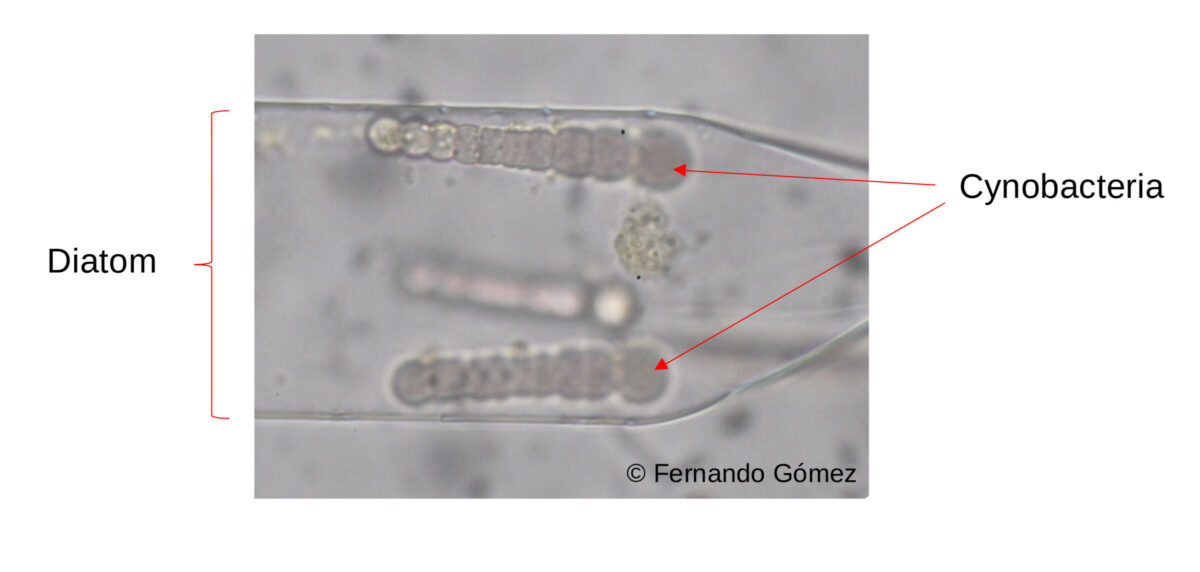
Figure 2 : Micrograph showing a diazotrophic cyanobacteria living inside of a diatom.
The dinoflagellates, typically categorized as phytoplankton, contains photosynthetic species with a trophic versatility that implies that they able to consume organic matter, and heterotrophic species. Some dinoflagellates are able to consume prey of large size by extracellular digestion (figure 3). In some case, they have even develop stingers able to narcotize and immobilize the prey in order to facilitate the capture.
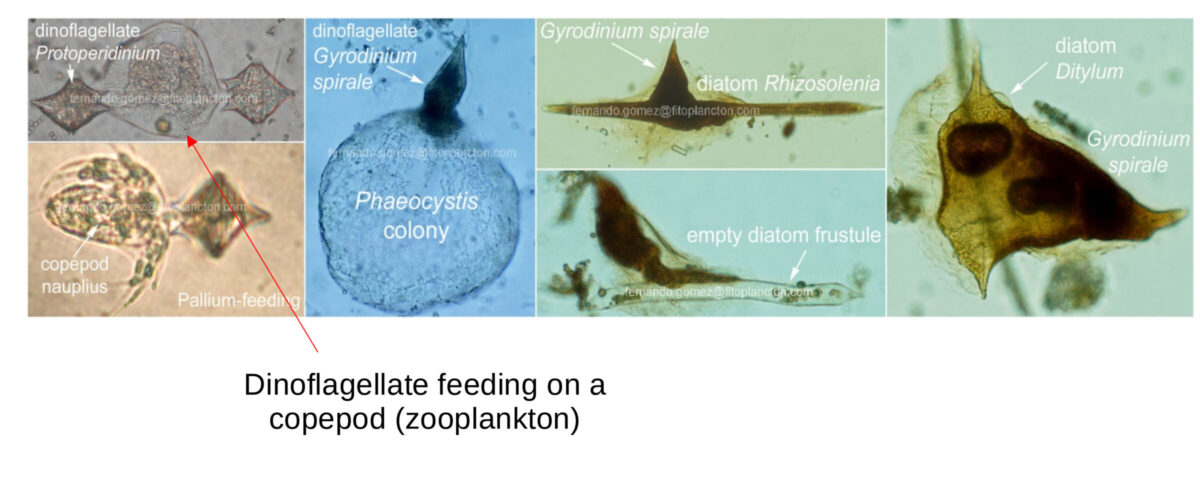
Figure 3: Micrographs showing the extracellular and intracellular digestion of dinoflagellates.
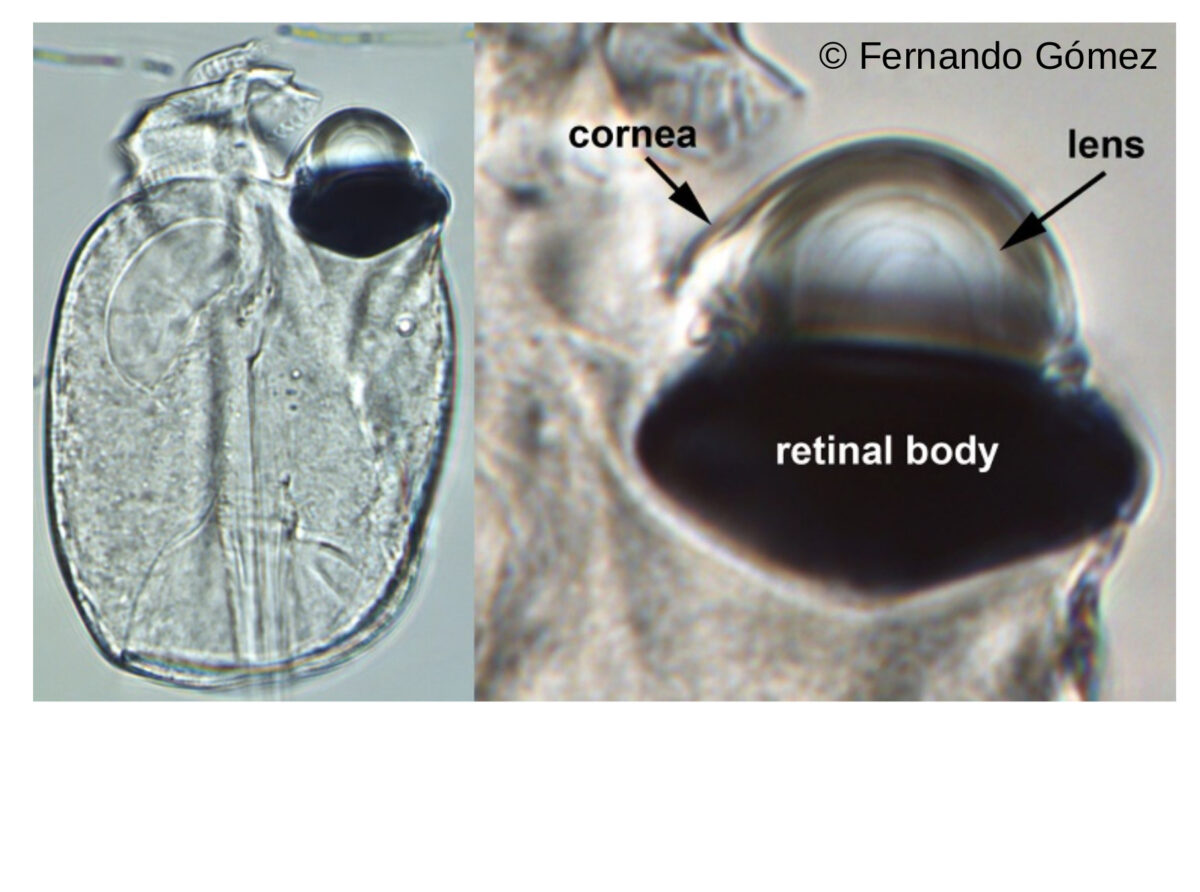
Some species of dinoflagellates have developed organelles (ocelloid) with a structure similar to eyes. More than a real vision organ, the ocelloid allow to place the dinoflagellate cell in the depths where the food, copepod eggs which are rich in fatty acids and carotenoids, is more abundant.
Phytoplankton is a complex group of organisms interacting between them, and developing specialized structures. It is therefore far from being a group of passive simple organisms. There is still much to be discovered.
 Attention, vous utilisez un navigateur peu sûr !
Attention, vous utilisez un navigateur peu sûr !